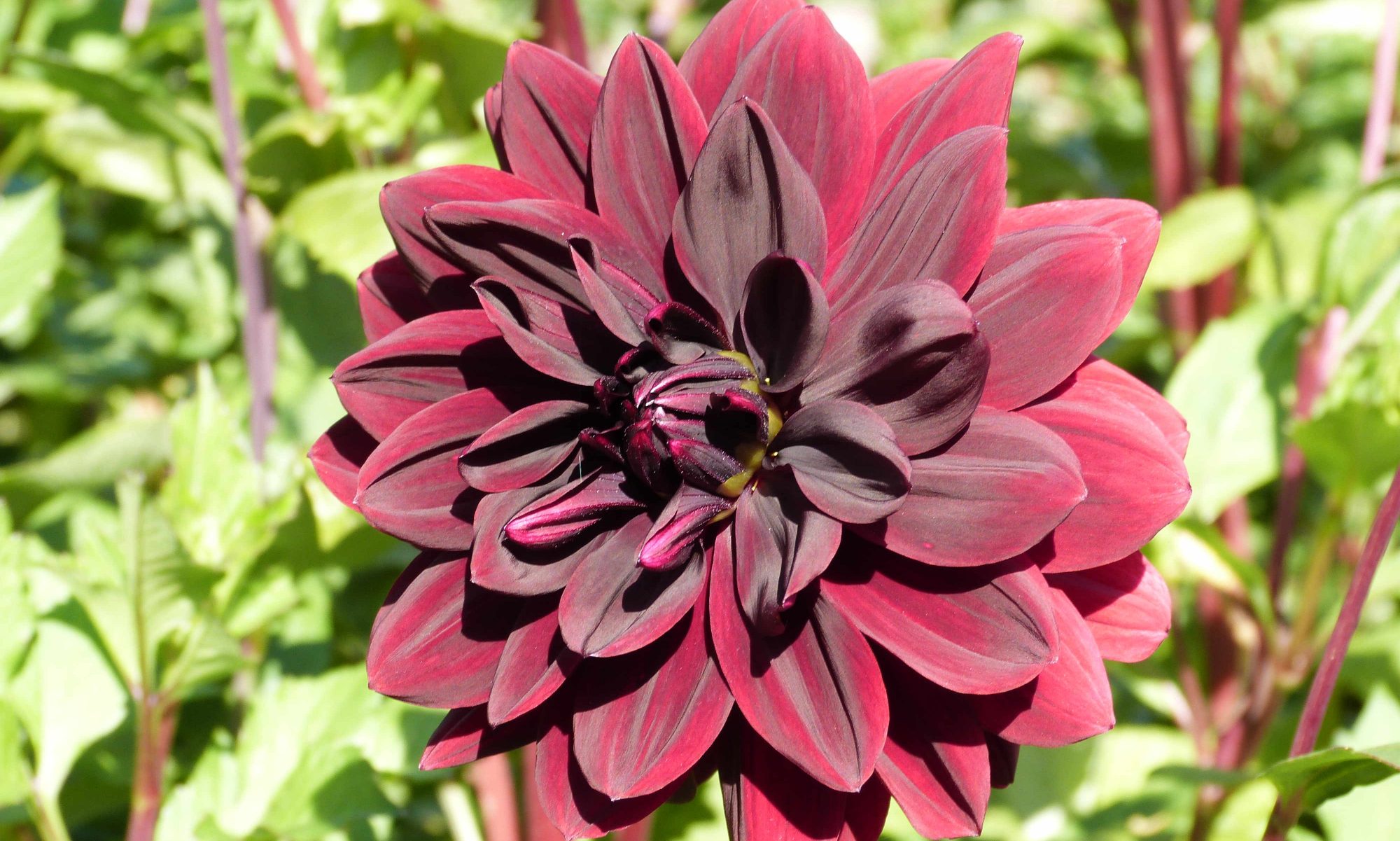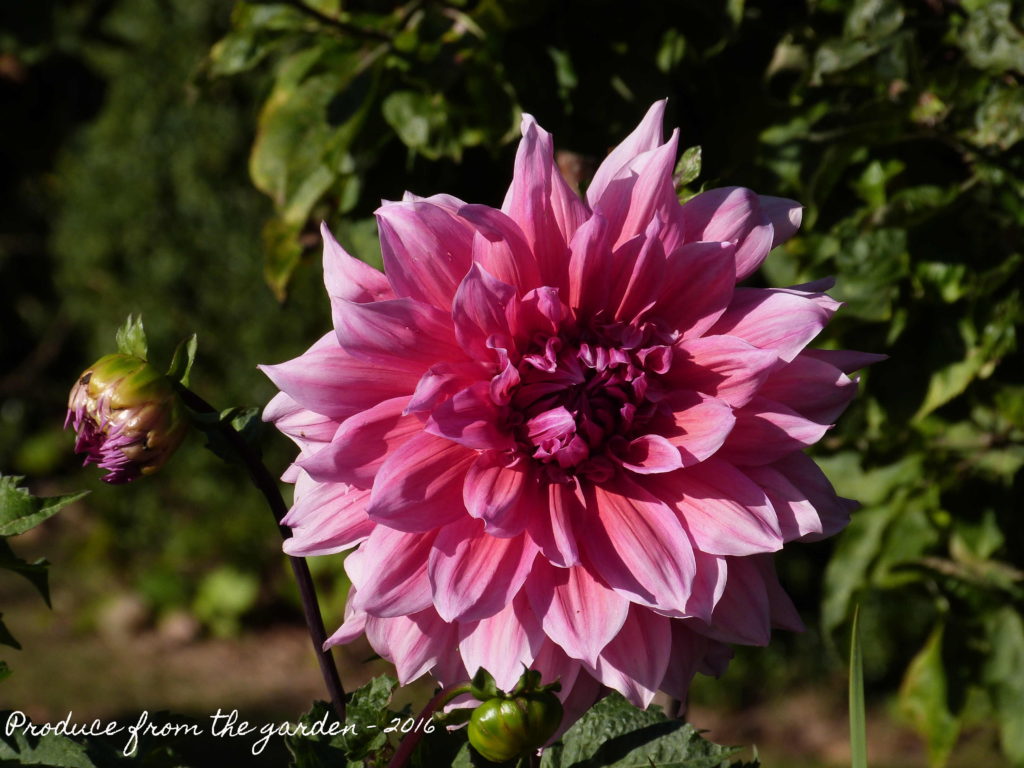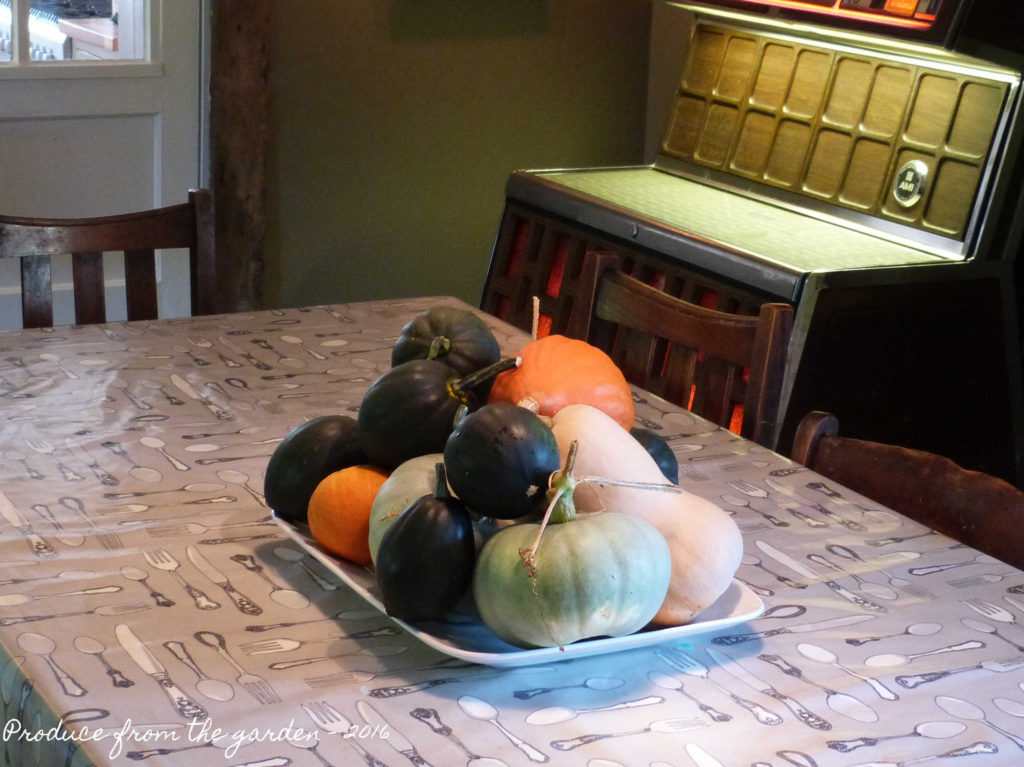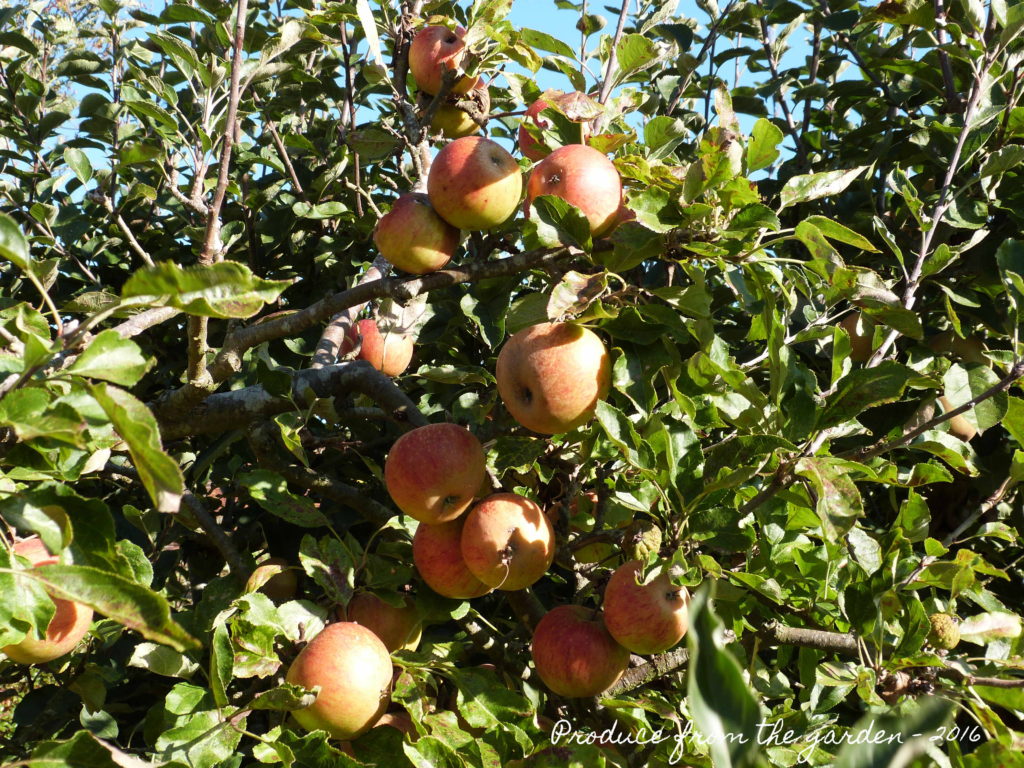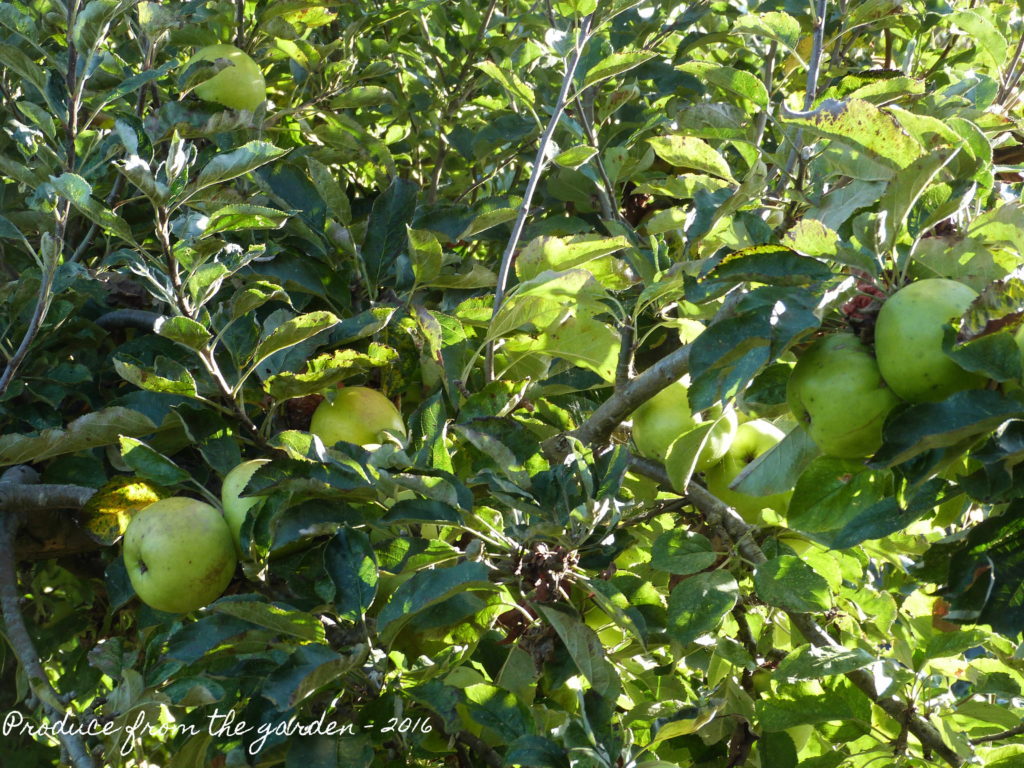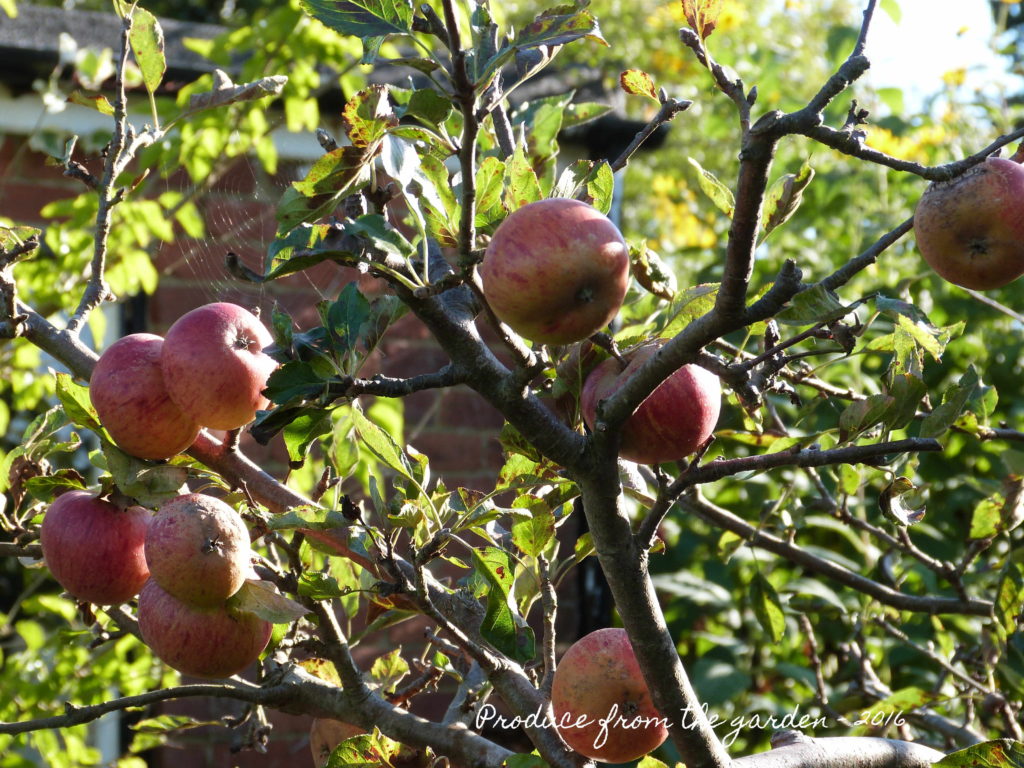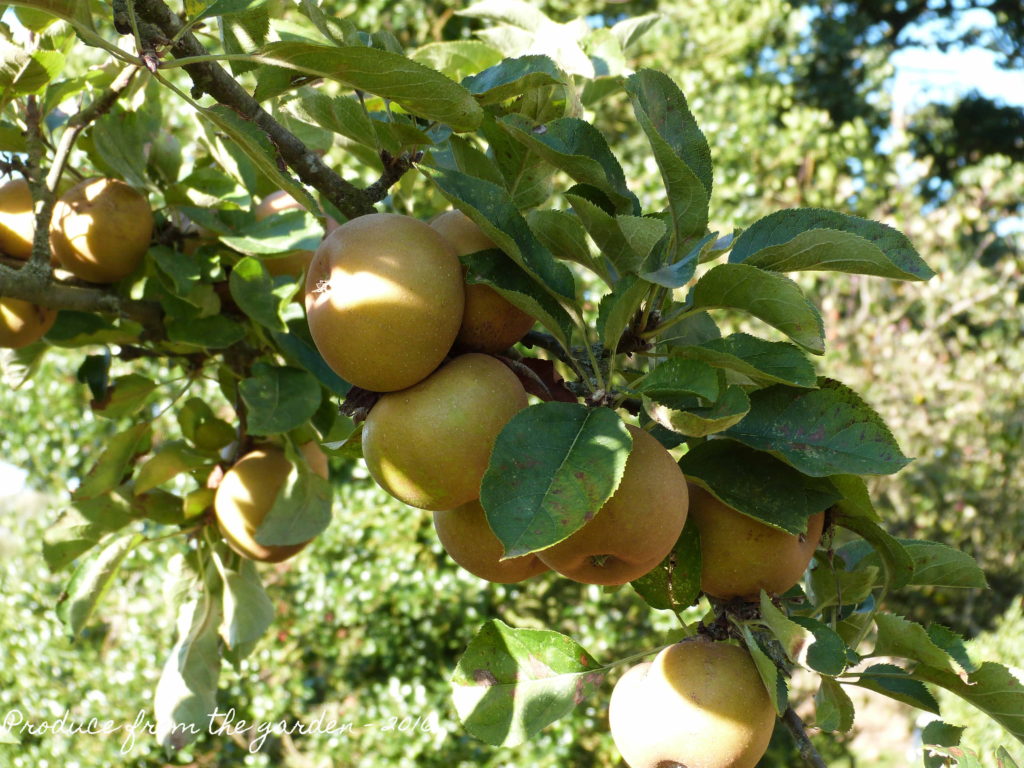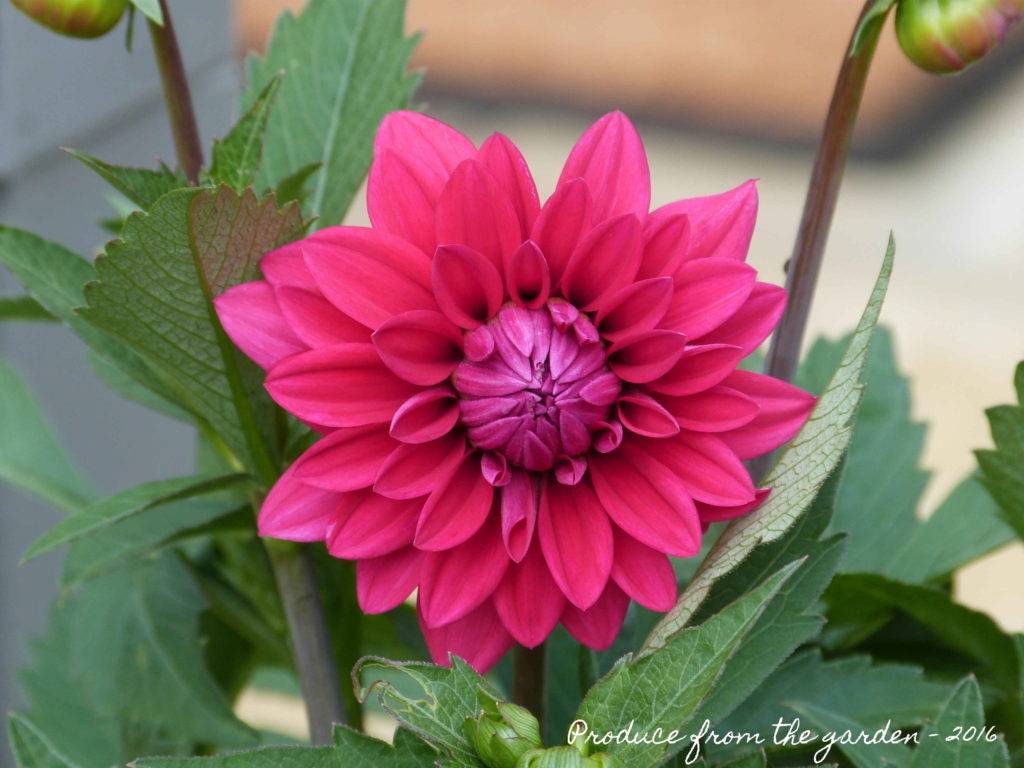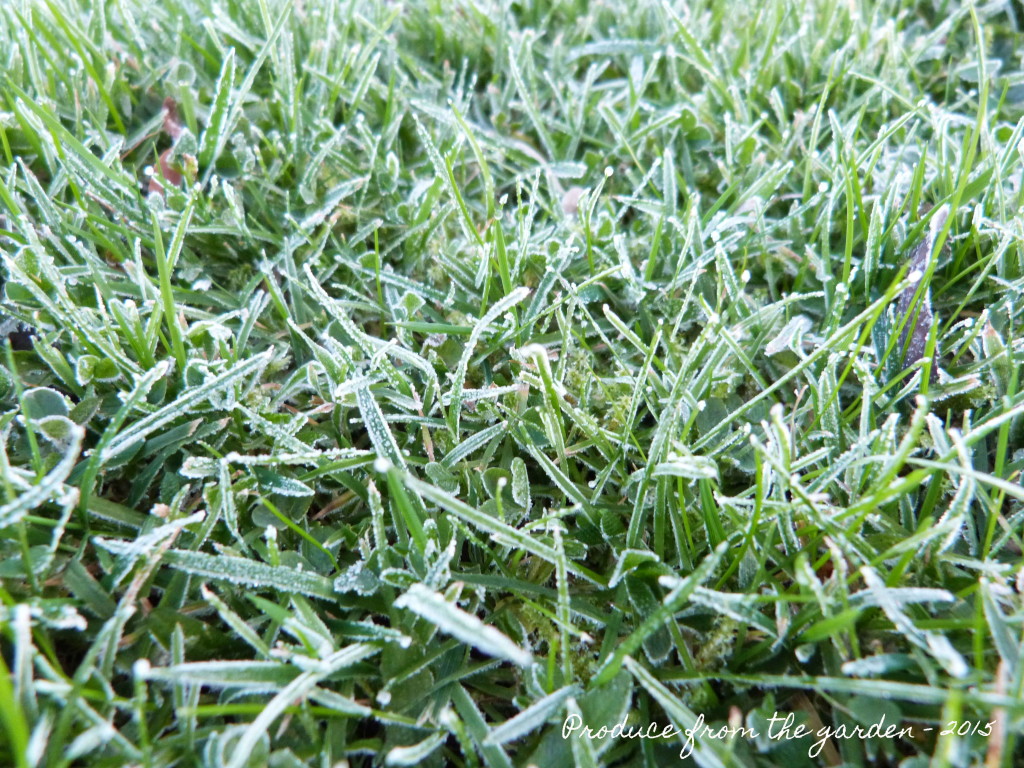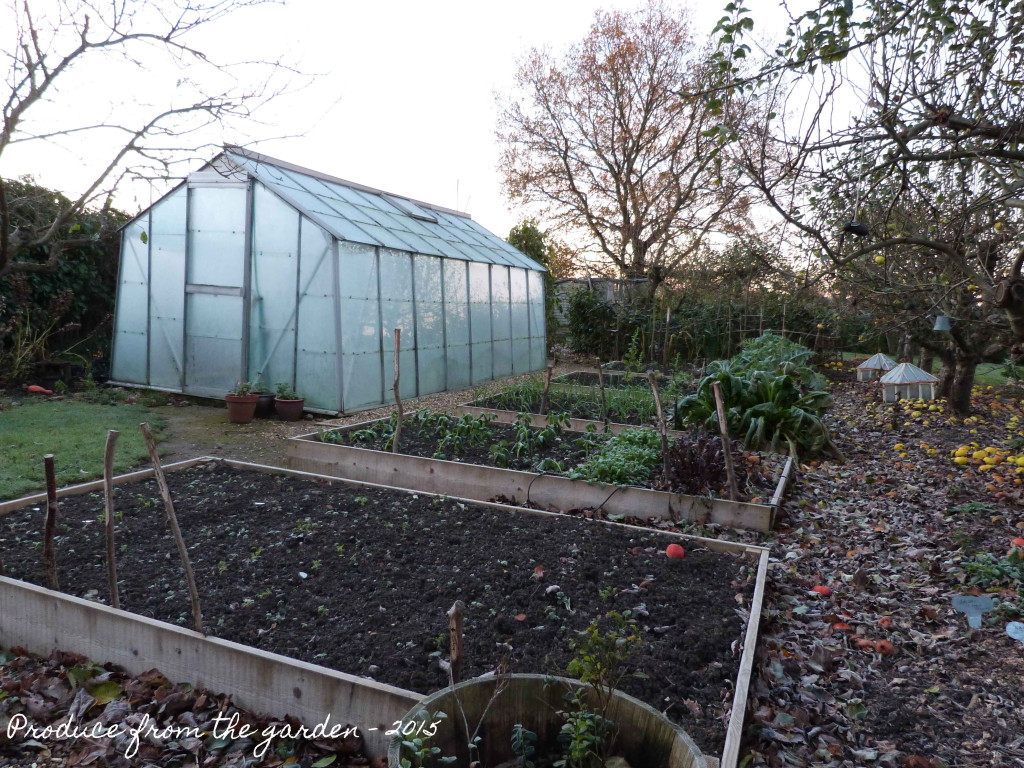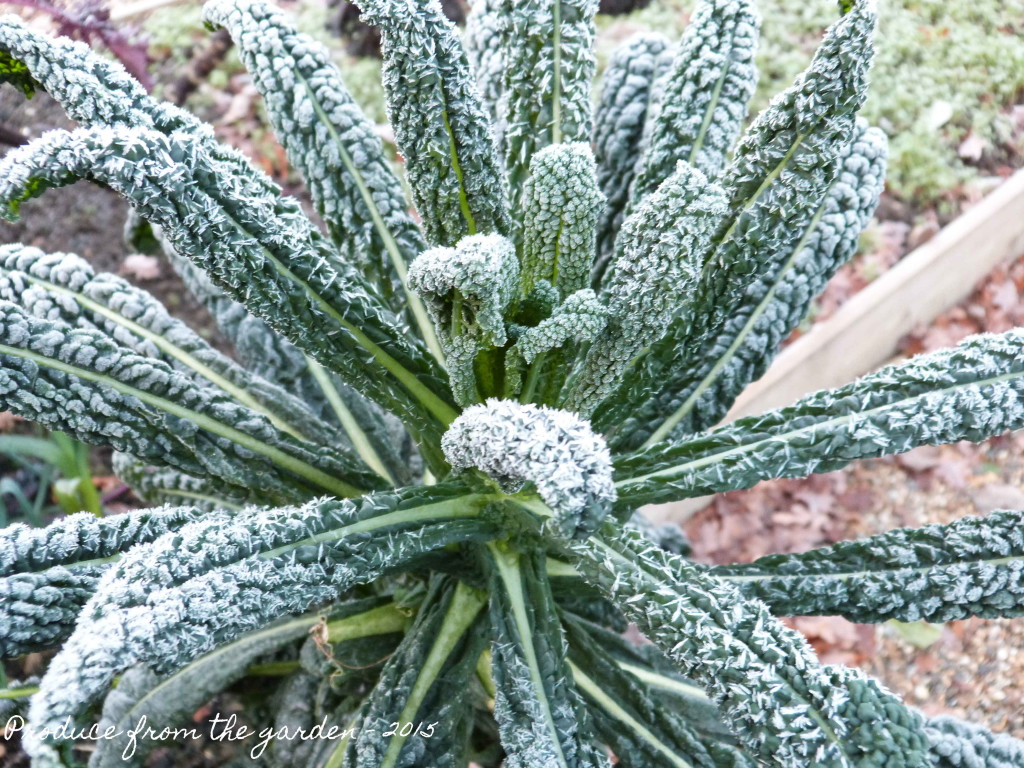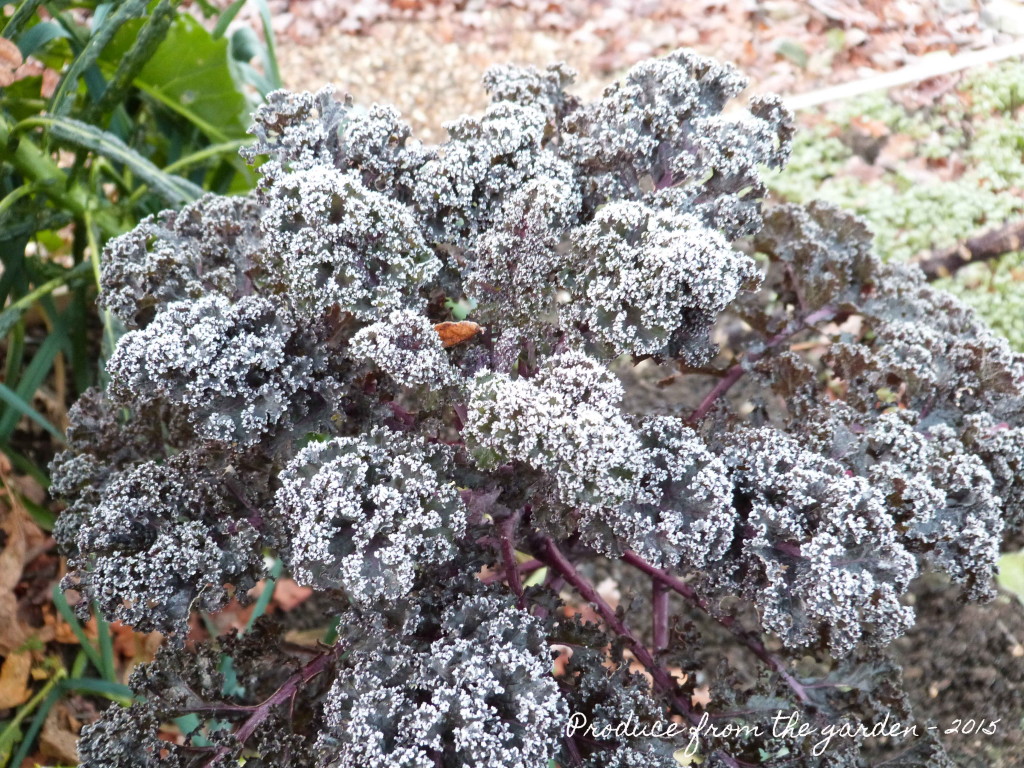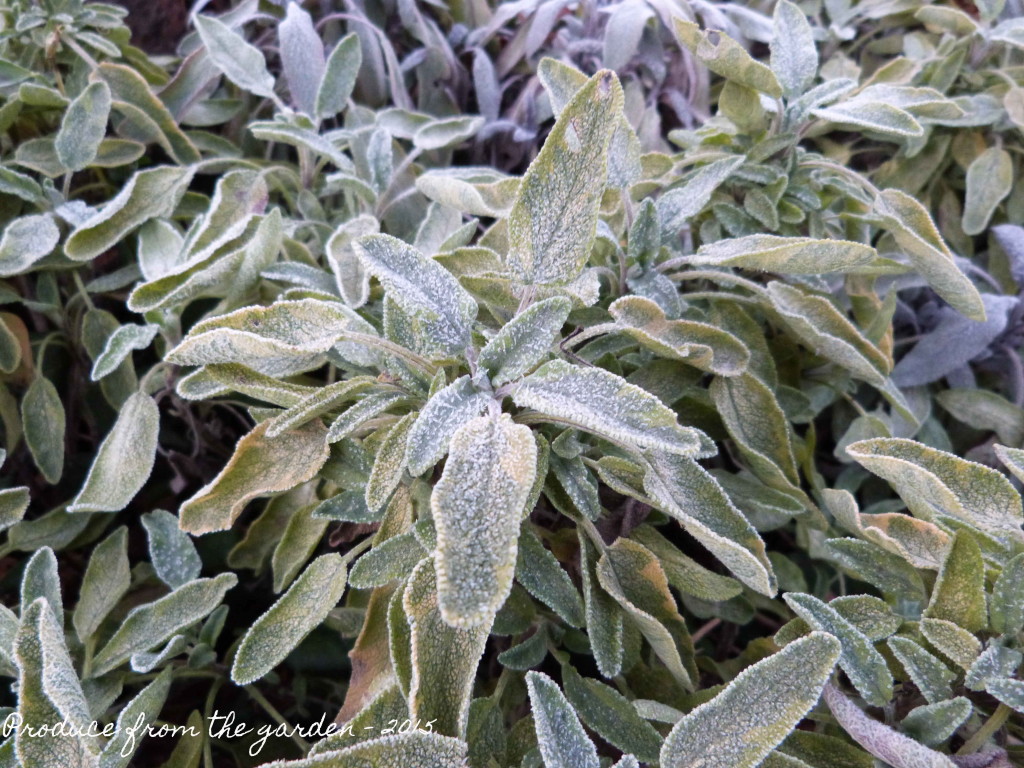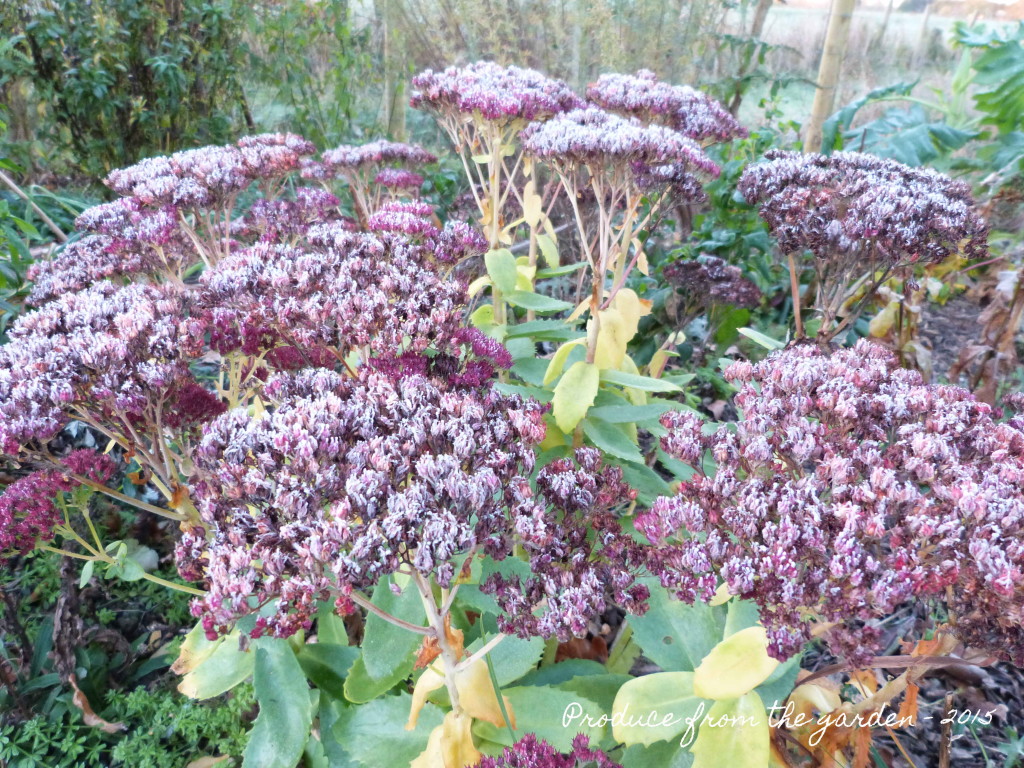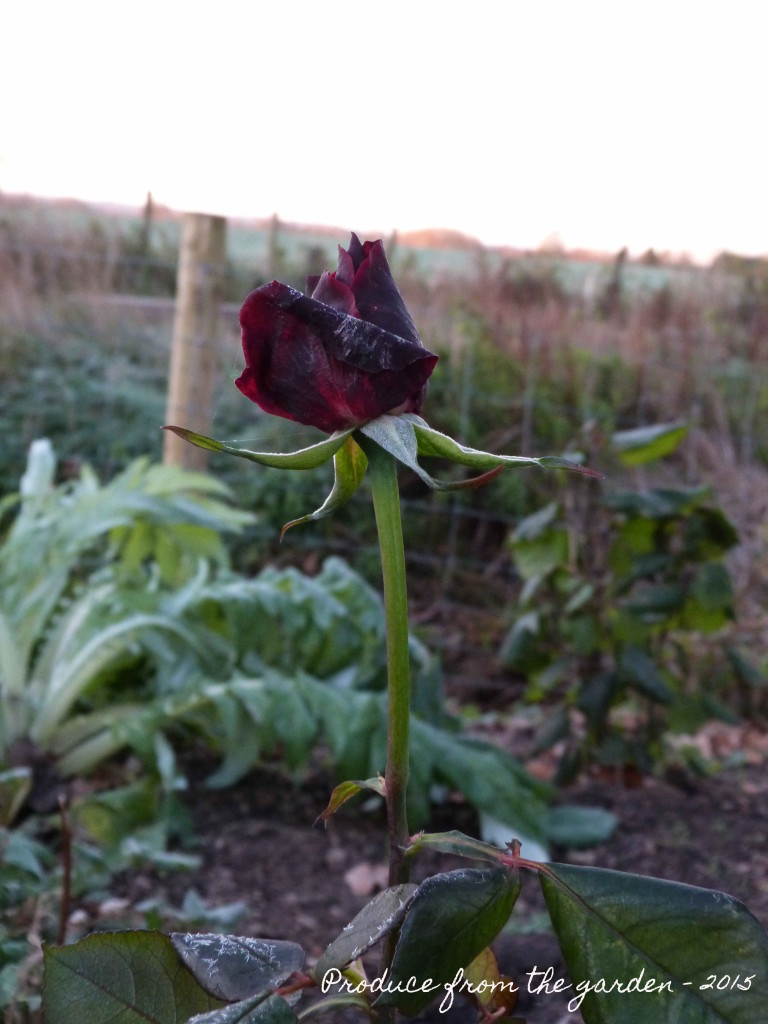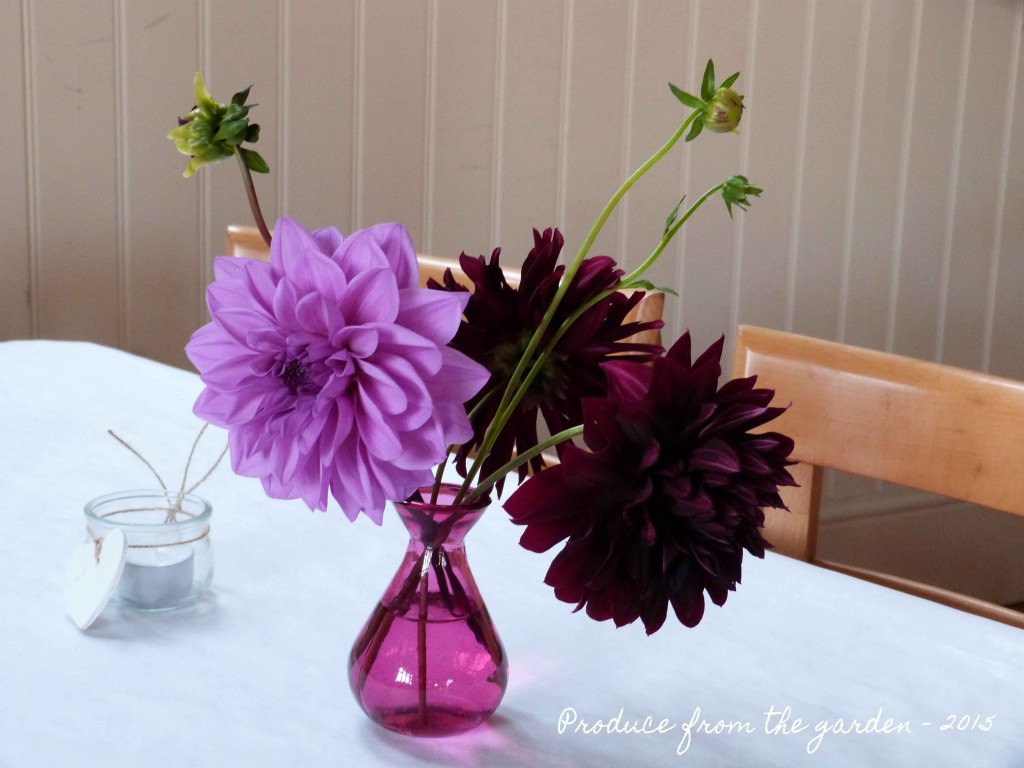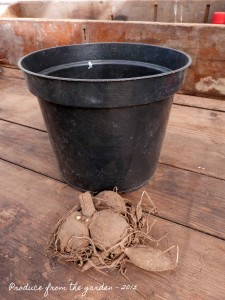The low, warm, golden, autumn sun has lured me out into the garden, the morning rays highlighting blooms, transforming them into beautiful jewels.
I tried to capture the magical atmosphere with pictures, but sadly they don’t quite compare to the real thing.
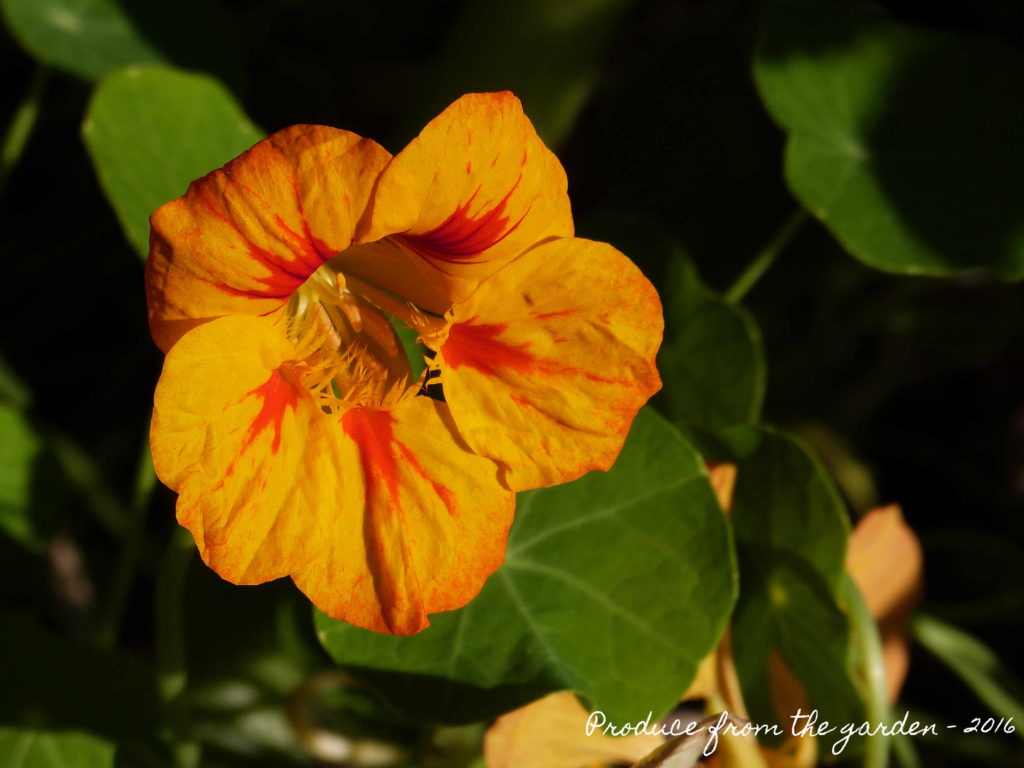 A nasturtium radiating the golden light
A nasturtium radiating the golden light
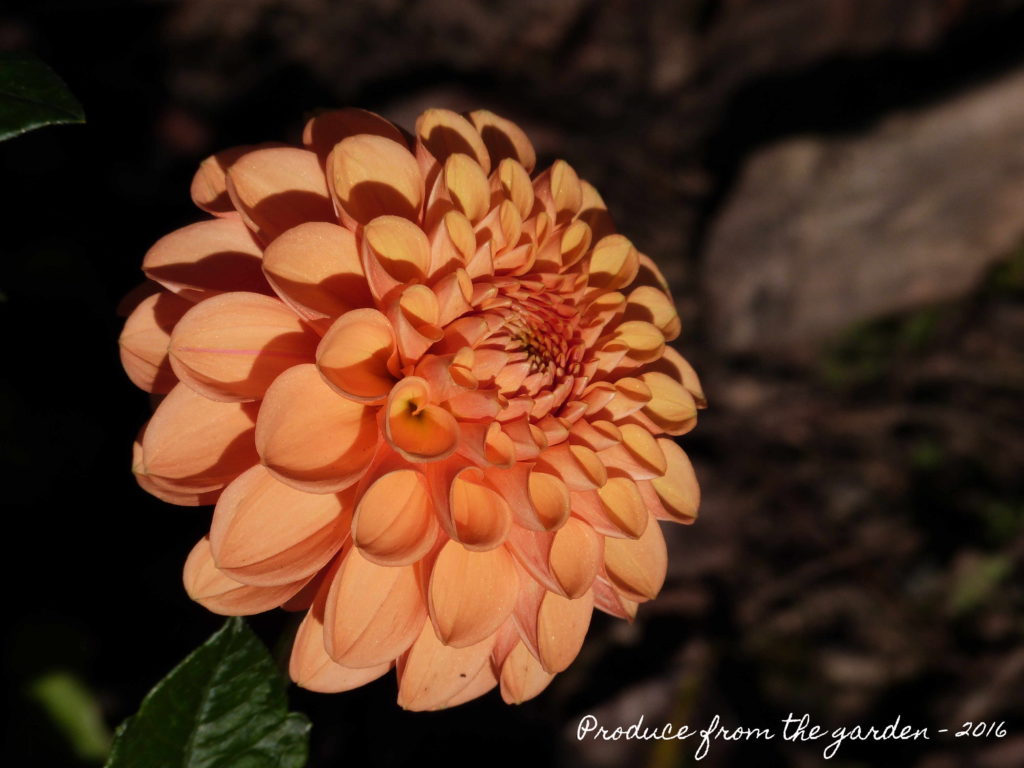 Dahlia – Halloween, looking as spooky as a dahlia can get!
Dahlia – Halloween, looking as spooky as a dahlia can get!
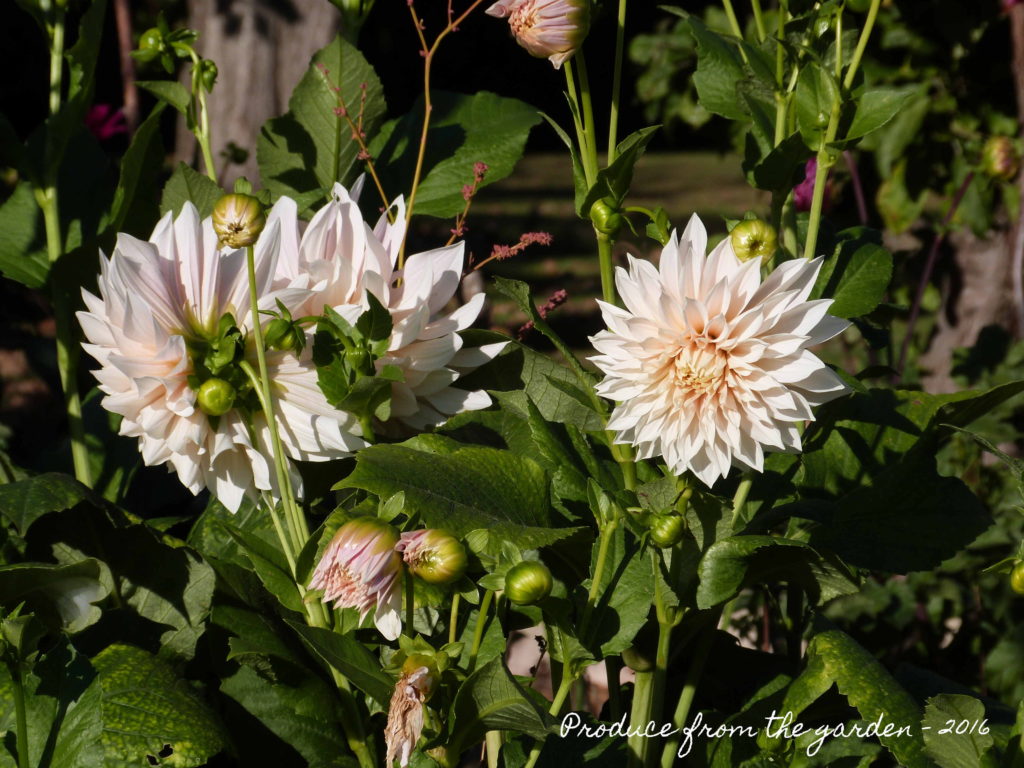 Dahlia, Cafe au Lait, shouting ‘put me in vase’!
Dahlia, Cafe au Lait, shouting ‘put me in vase’!
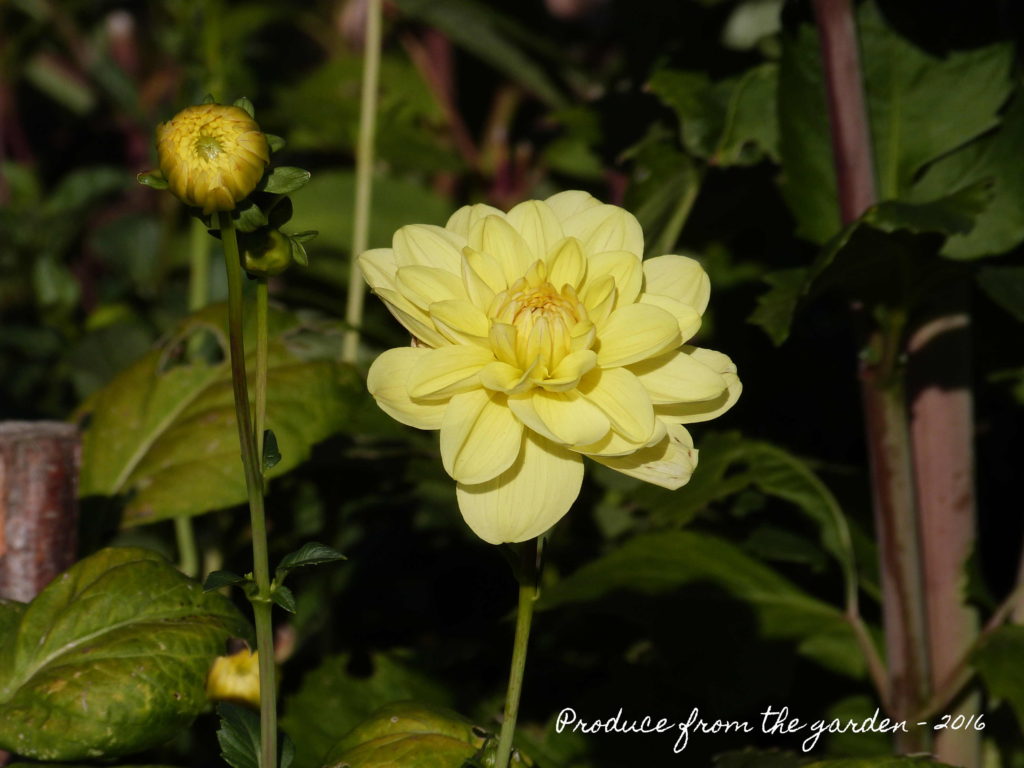 Dahlia, unknown. Looking very elegant.
Dahlia, unknown. Looking very elegant.
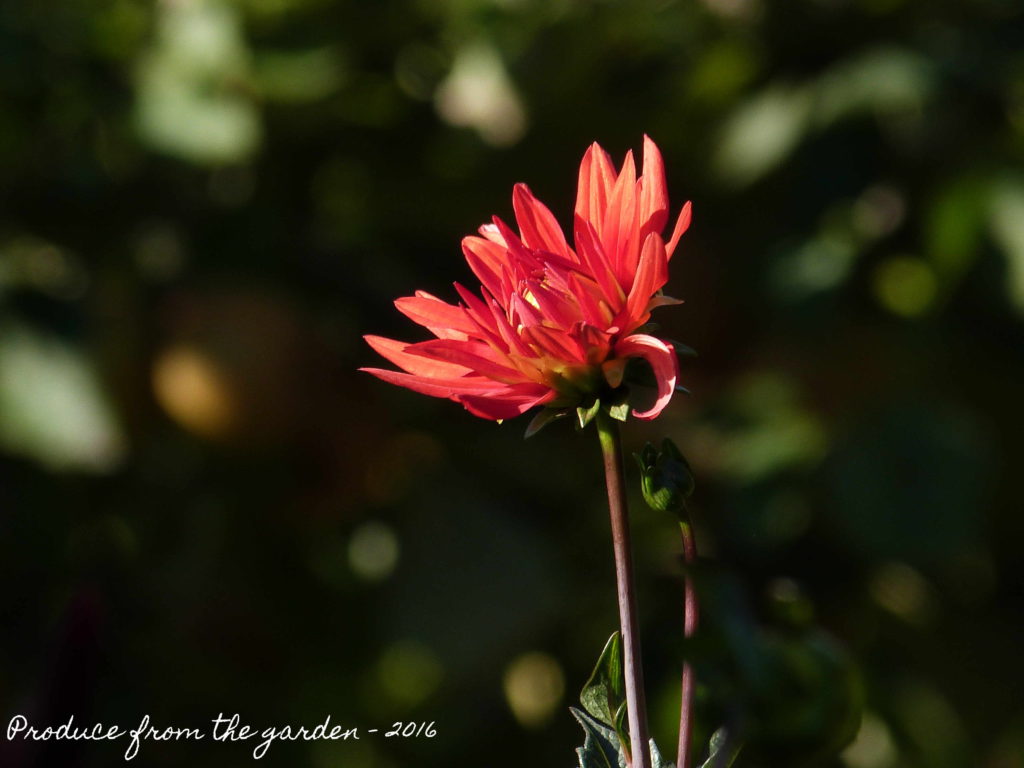 Dahlia Selina, which was glowing in the sunlight
Dahlia Selina, which was glowing in the sunlight
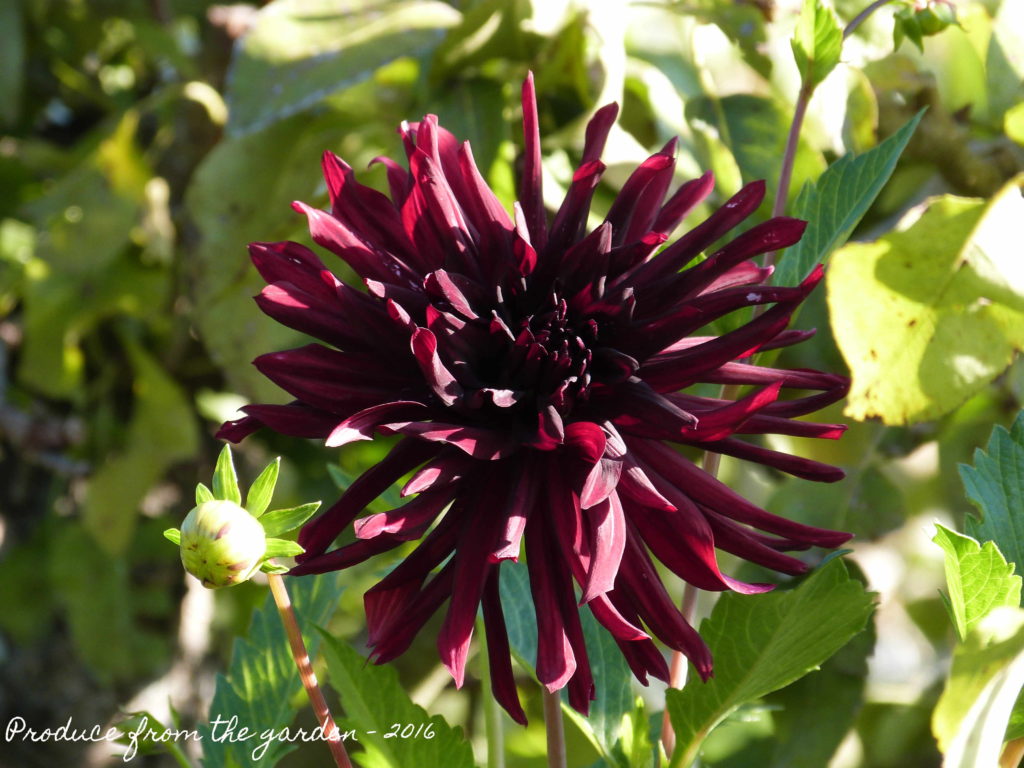 Dahlia Rip City, looking mighty fine!
Dahlia Rip City, looking mighty fine!
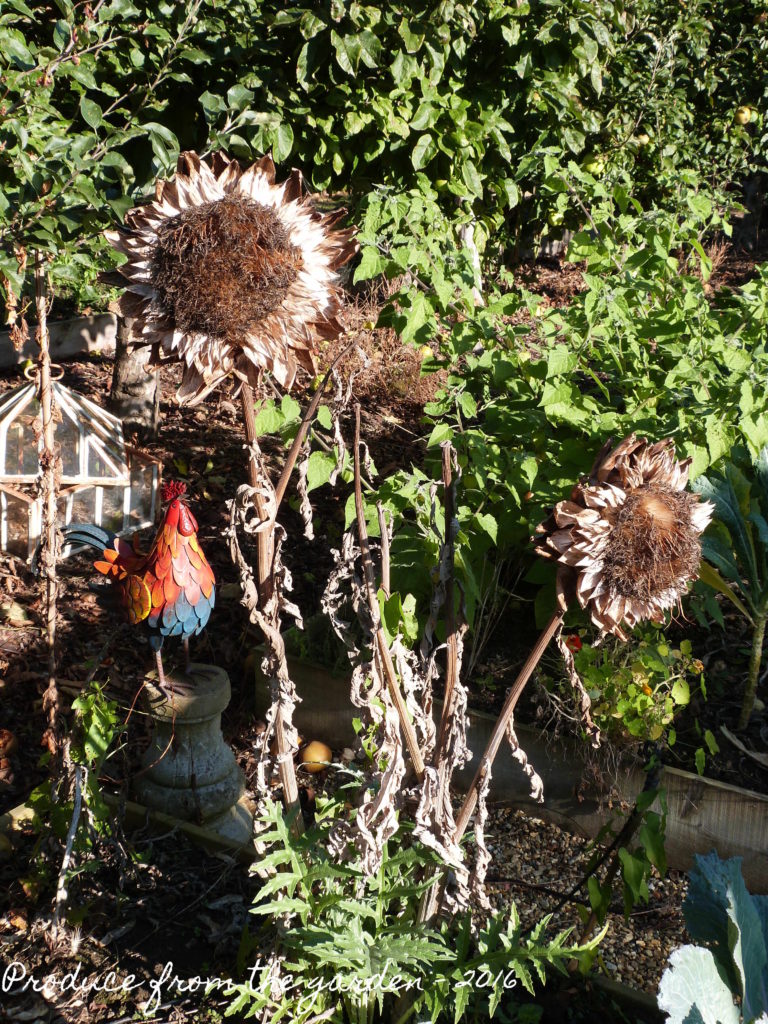 Dried artichoke flowers that will give sone winter structure to the kitchen garden
Dried artichoke flowers that will give sone winter structure to the kitchen garden
We’re enjoying the autumn bounty from the garden. Squashes are not only a delicious kitchen delicacy that’ll store throughout the winter. They also make gorgeous table decorations. The usual bunch of garden flowers have made way for a platter of squashes, their colours are inspiring, with fabulous depth, more enticing than a Farrow and Ball colour chart!
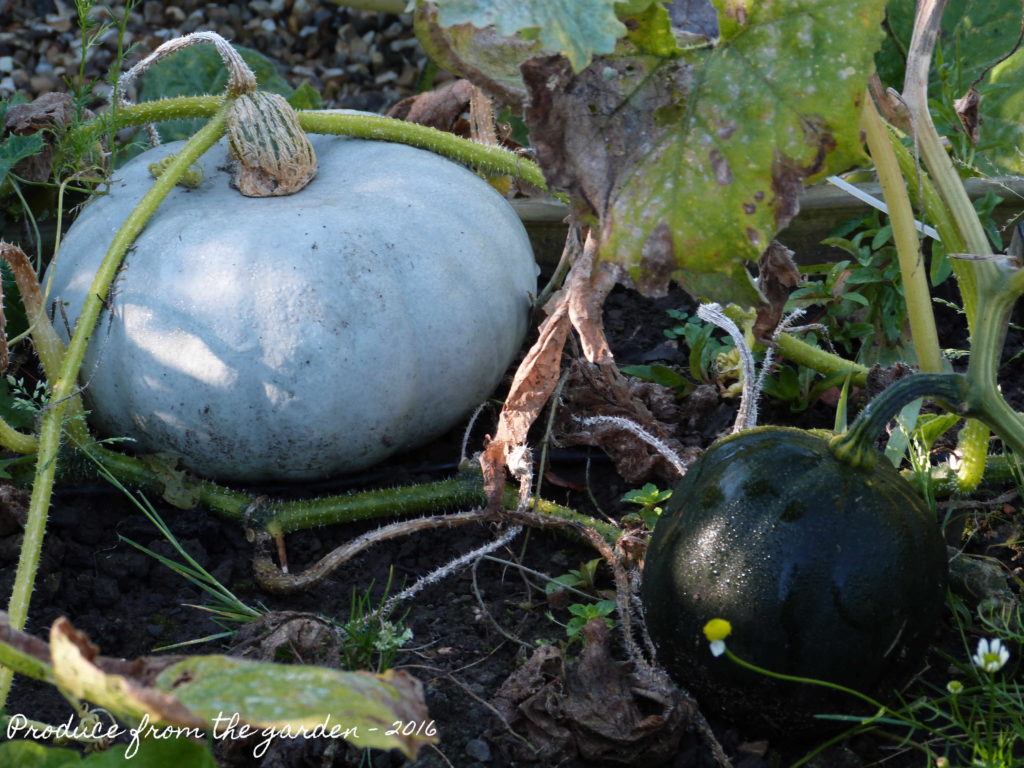 Crown Prince and Honey Bear, ready to be harvested
Crown Prince and Honey Bear, ready to be harvested
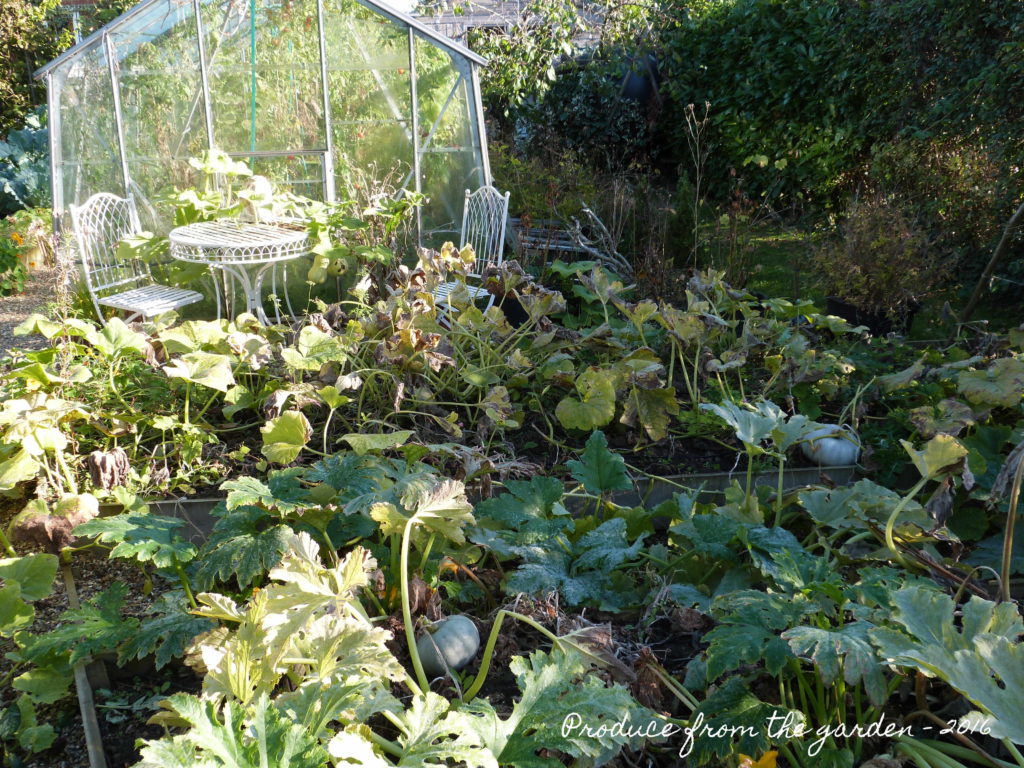 My Squash and courgette jungle!
My Squash and courgette jungle!
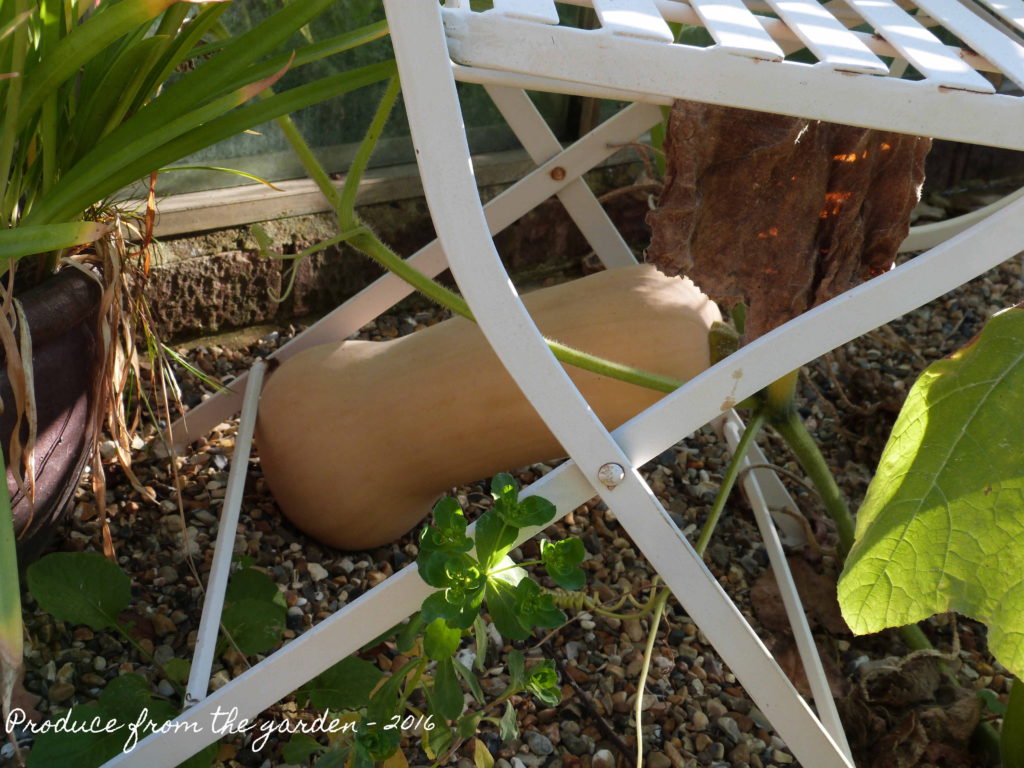 This fella sucessfully took my chair out of action this summer!
This fella sucessfully took my chair out of action this summer!
Every year I grow a few Cape Gooseberry (Physalis) plants; there orange fruits encased in a paper lantern have a unique zing which I find very moreish. They can also be served as an indulgent treat by pealing the paper lantern back to reveal the berry which can be half submerged in melted chocolate then allowed to dry, delicious!
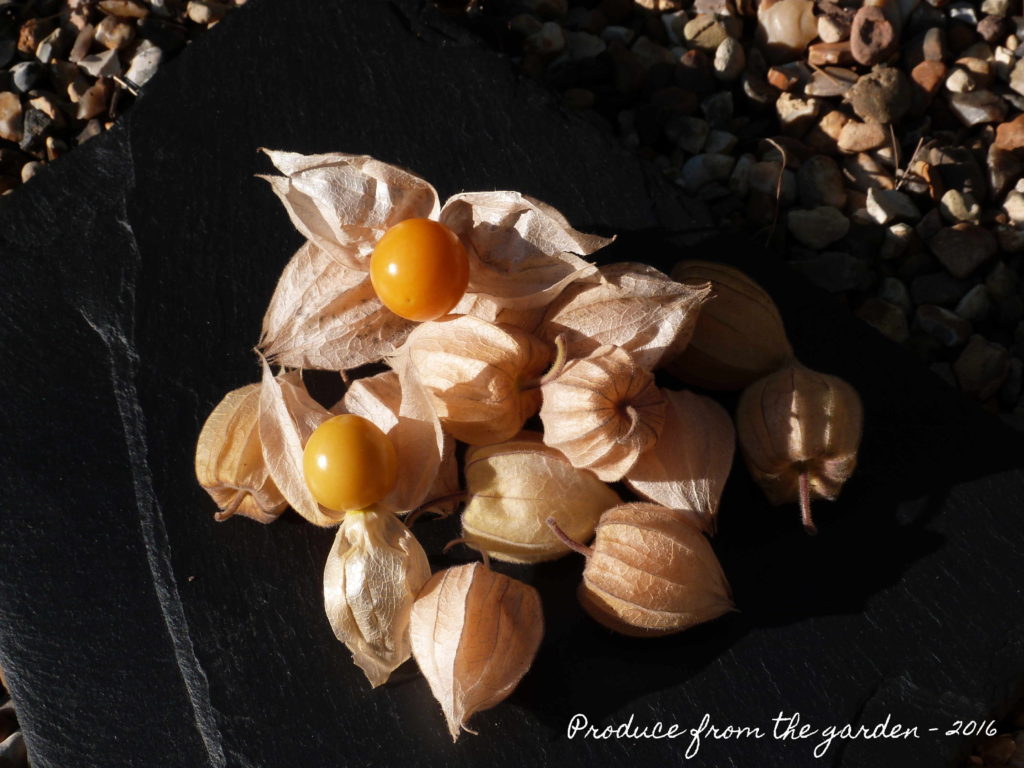 A few Cape Gooseberries, a yummy garden snack
A few Cape Gooseberries, a yummy garden snack
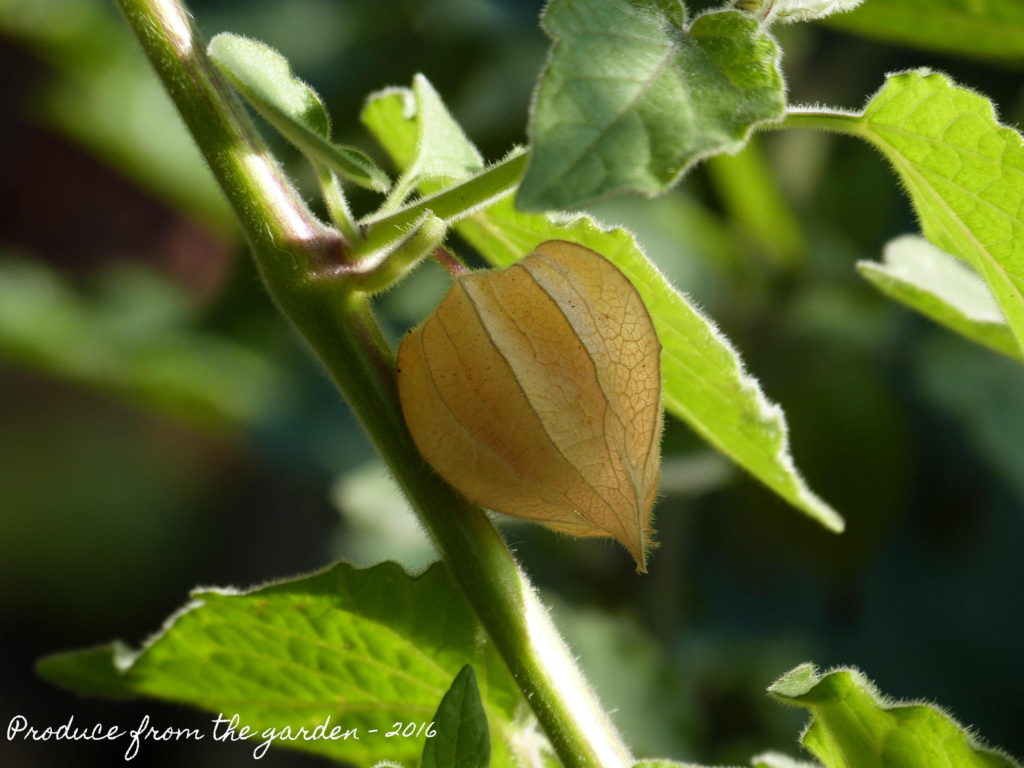 The delicate Cape Goosebery lantern
The delicate Cape Goosebery lantern
My apple thinning quest earlier in the year has paid off. The boring tedious task of thinning bunches of apples down to a pair has meant we have a lovely crop of apples this year.
